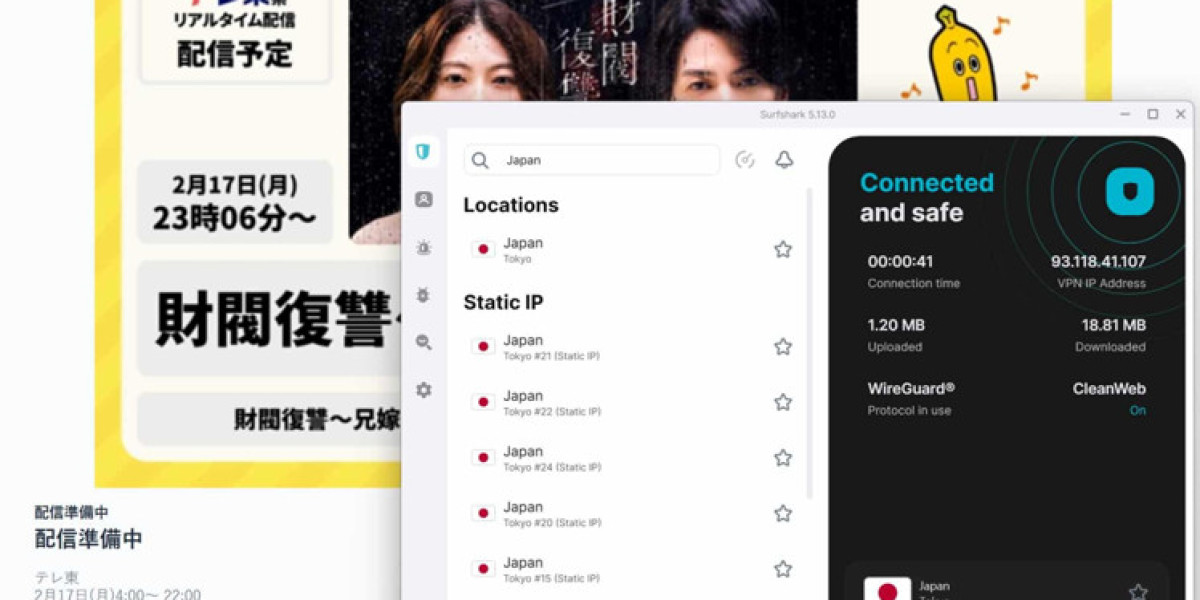Mast cells are key players in the innate immune system. When activated they release histamine, cytokines, chemokines and proteases that contribute to vascular leakage, smooth muscle contraction and recruitment of other inflammatory cells. In many diseases such as asthma, food allergy, inflammatory bowel disease and atopic dermatitis mast cell degranulation is a hallmark of pathology. KPV has been shown in vitro to inhibit the release of these mediators from cultured human mast cells stimulated with IgE or calcium ionophores. The suppression occurs without inducing cytotoxicity, indicating that KPV acts as an anti-activation signal rather than a toxic agent.
The gastrointestinal tract is another site where mast cells exert substantial influence. In conditions like irritable bowel syndrome and Crohn’s disease, silkrecord27.bravejournal.net mast cell hyperactivity leads to increased intestinal permeability, visceral pain and dysmotility. Animal studies using models of chemically induced colitis have demonstrated that oral or intraperitoneal administration of KPV reduces histological damage, lowers pro-inflammatory cytokine levels (such as TNF-α, IL-6 and IL-1β) and restores barrier integrity. The peptide’s effects on the gut are thought to be mediated by dampening mast cell activation in the mucosa, thereby decreasing downstream inflammation and preserving epithelial function.
The anti-inflammatory mechanism of KPV is not yet fully defined but several pathways have been implicated. One hypothesis involves direct interaction with the formyl peptide receptor 2 (FPR2), a G-protein coupled receptor expressed on many immune cells including mast cells. Binding of KPV to FPR2 may inhibit downstream signaling cascades such as NF-κB activation, leading to reduced transcription of inflammatory genes. Another possibility is that KPV interferes with the calcium influx required for mast cell degranulation, thereby preventing mediator release. Additionally, KPV has been reported to increase levels of anti-oxidant enzymes like superoxide dismutase and glutathione peroxidase in inflamed tissues, which could contribute to its protective effect.
Beyond suppression of mast cells, KPV exhibits a range of potential therapeutic applications:
- Allergic diseases – By limiting histamine release, KPV may reduce symptoms of allergic rhinitis, urticaria and anaphylaxis.
- Asthma – In mouse models of ovalbumin-induced airway inflammation, KPV decreased eosinophil infiltration, mucus production and airway hyperresponsiveness.
- Inflammatory bowel disease – Oral KPV reduced colonic cytokine expression and improved mucosal healing in chemically induced colitis.
- Dermatologic conditions – Topical or systemic KPV has shown efficacy in reducing dermatitis severity in mouse models of atopic dermatitis by lowering mast cell activation and inflammatory cytokines.
- Neuroinflammation – Preliminary data suggest that KPV can cross the blood-brain barrier and attenuate microglial activation, potentially benefiting neurodegenerative disorders where chronic inflammation plays a role.
- Pain modulation – By dampening mast cell-derived mediators that sensitize nociceptors, KPV may have analgesic properties in models of inflammatory pain.
In summary, the KPV peptide demonstrates a compelling capacity to calm mast cells across multiple organ systems, notably the gastrointestinal tract, thereby mitigating inflammation. Its mechanism appears to involve receptor modulation and inhibition of degranulation pathways. The breadth of its anti-inflammatory effects positions KPV as a promising candidate for treating allergic, asthmatic, inflammatory bowel and dermatologic disorders, with potential extensions into neuroinflammation and pain management pending further clinical validation.








